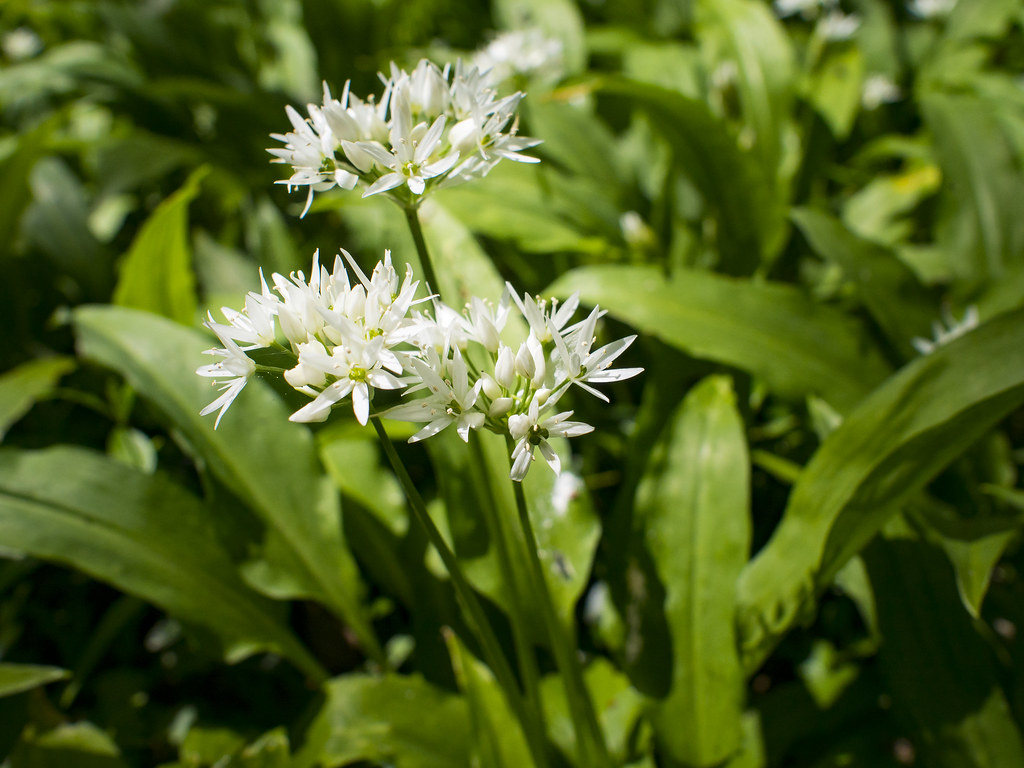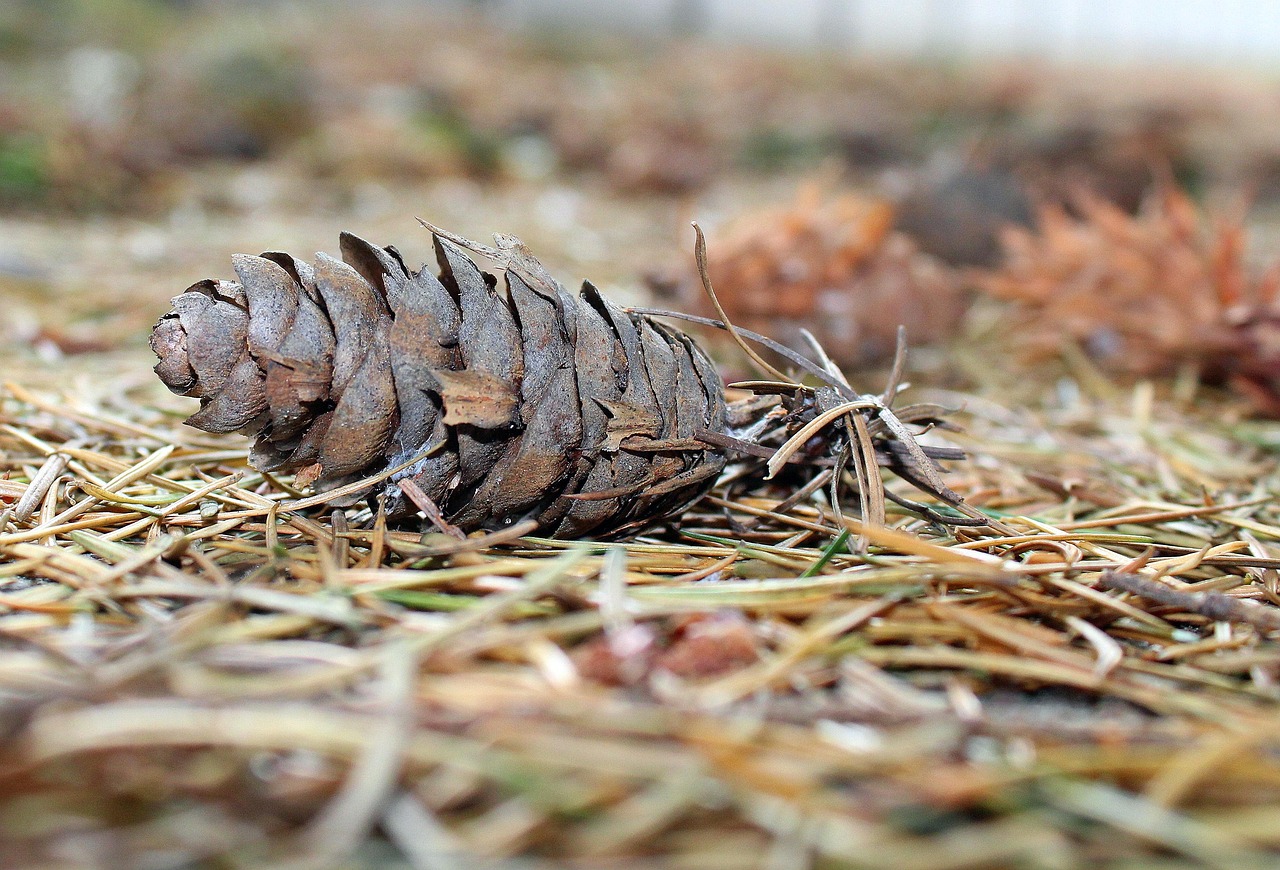Growing healthy and productive tomato plants often requires more than just sunlight and water. Choosing the best companion plants for tomatoes can help deter pests, improve soil nutrients, and boost overall plant health. In this article, we’ll explore the top companion plants that will help your tomatoes thrive and offer practical tips for maximizing your harvest.
A couple of years ago, I struggled with pest infestations and nutrient deficiencies in my tomato garden. After learning about companion planting, I introduced a few strategic plants that not only improved the health of my tomatoes but also enhanced the overall garden ecosystem. Let’s dive into the best companion plants for tomatoes and how to use them effectively.
1. Basil
Basil is one of the best companions for tomatoes, enhancing flavor and repelling pests like aphids and whiteflies.
How to use:
- Plant basil around the base of tomato plants.
- Regularly trim basil to promote growth and prevent overcrowding.
2. Marigolds
Marigolds are well-known for their pest-repelling properties. They deter nematodes and other harmful insects that can damage tomato roots.
How to use:
- Place marigolds along the perimeter of tomato beds.
- Deadhead spent blooms to encourage continuous flowering.
3. Garlic
Garlic helps repel spider mites and aphids while also enhancing the flavor of tomatoes when grown nearby.
How to use:
- Interplant garlic bulbs between tomato rows.
- Harvest garlic scapes early to prevent overcrowding.

4. Carrots
Carrots and tomatoes make excellent garden companions. Carrots help break up the soil, allowing tomato roots to grow deeper.
How to use:
- Sow carrot seeds around tomato plants.
- Thin carrots as they grow to avoid competition for nutrients.
5. Lettuce
Lettuce provides a living mulch, helping to keep the soil cool and retain moisture for tomato plants.
How to use:
- Plant lettuce in shaded areas beneath tomato foliage.
- Harvest lettuce leaves frequently to maintain airflow.
6. Nasturtiums
Nasturtiums act as a trap crop, attracting aphids away from tomato plants and providing a pop of color to your garden.
How to use:
- Grow nasturtiums around tomato plants to create a protective barrier.
- Remove any infested plants to prevent pests from spreading.

7. Onions
Onions repel pests like thrips and improve soil health by naturally deterring harmful bacteria and fungi.
How to use:
- Plant onions in alternating rows with tomatoes.
- Allow onions to mature fully before harvesting.
Tips for Companion Planting with Tomatoes
- Provide Adequate Spacing: Ensure companion plants do not overcrowd tomatoes, allowing for good airflow and light exposure.
- Rotate Crops: Avoid planting tomatoes and their companions in the same spot year after year to prevent soil depletion.
- Use Mulch: Organic mulch helps retain moisture and suppress weeds while improving soil fertility.
- Monitor for Pests: Check for signs of pests regularly and use natural deterrents as needed.
Final Thoughts
Selecting the best companion plants for tomatoes can enhance their growth, improve flavor, and protect against pests naturally. Whether you choose basil for added taste or marigolds for pest control, incorporating these companion plants will help you achieve a healthy and productive tomato harvest.



